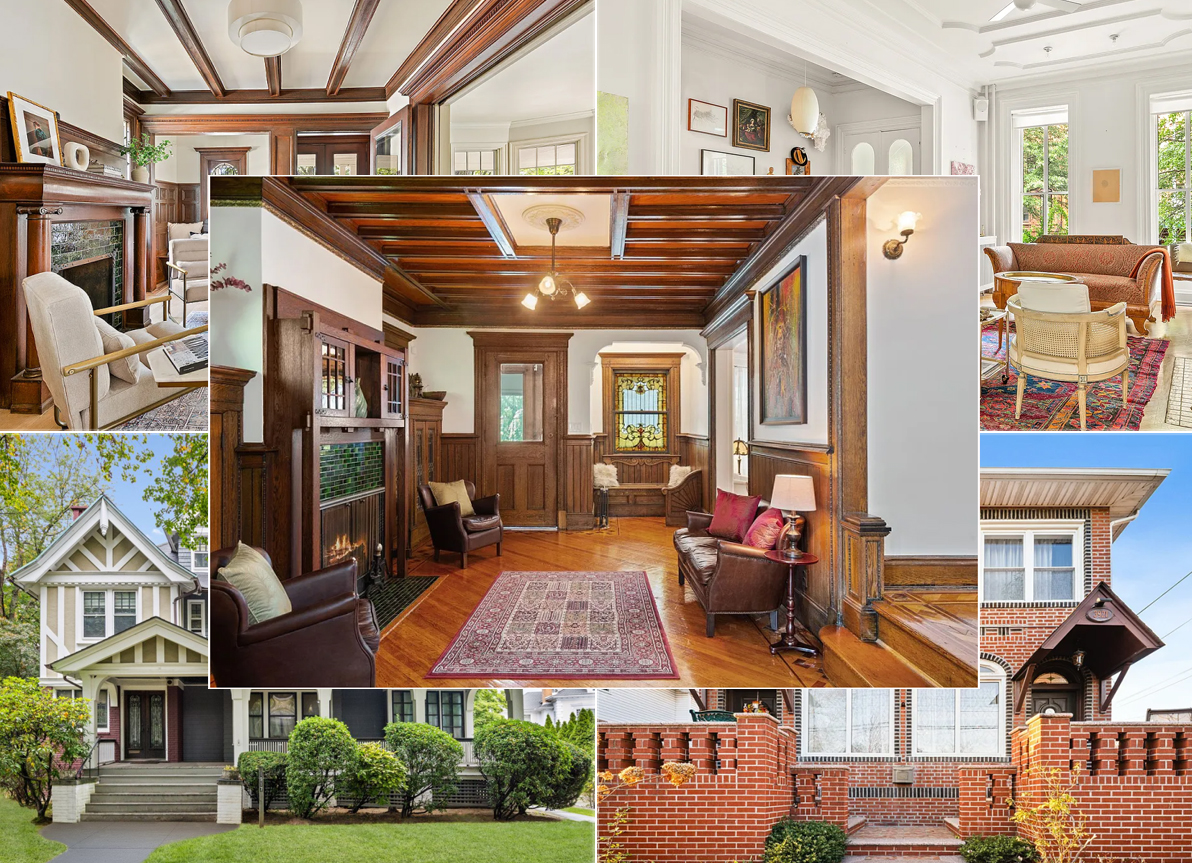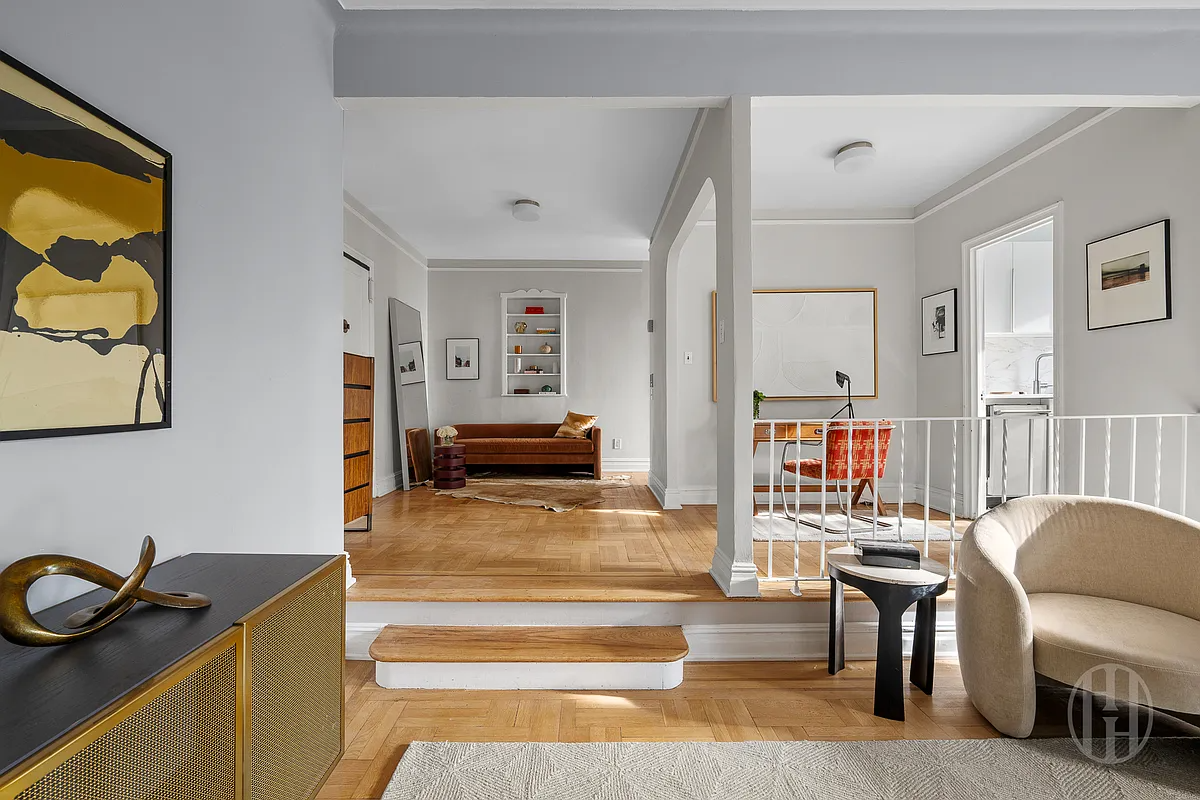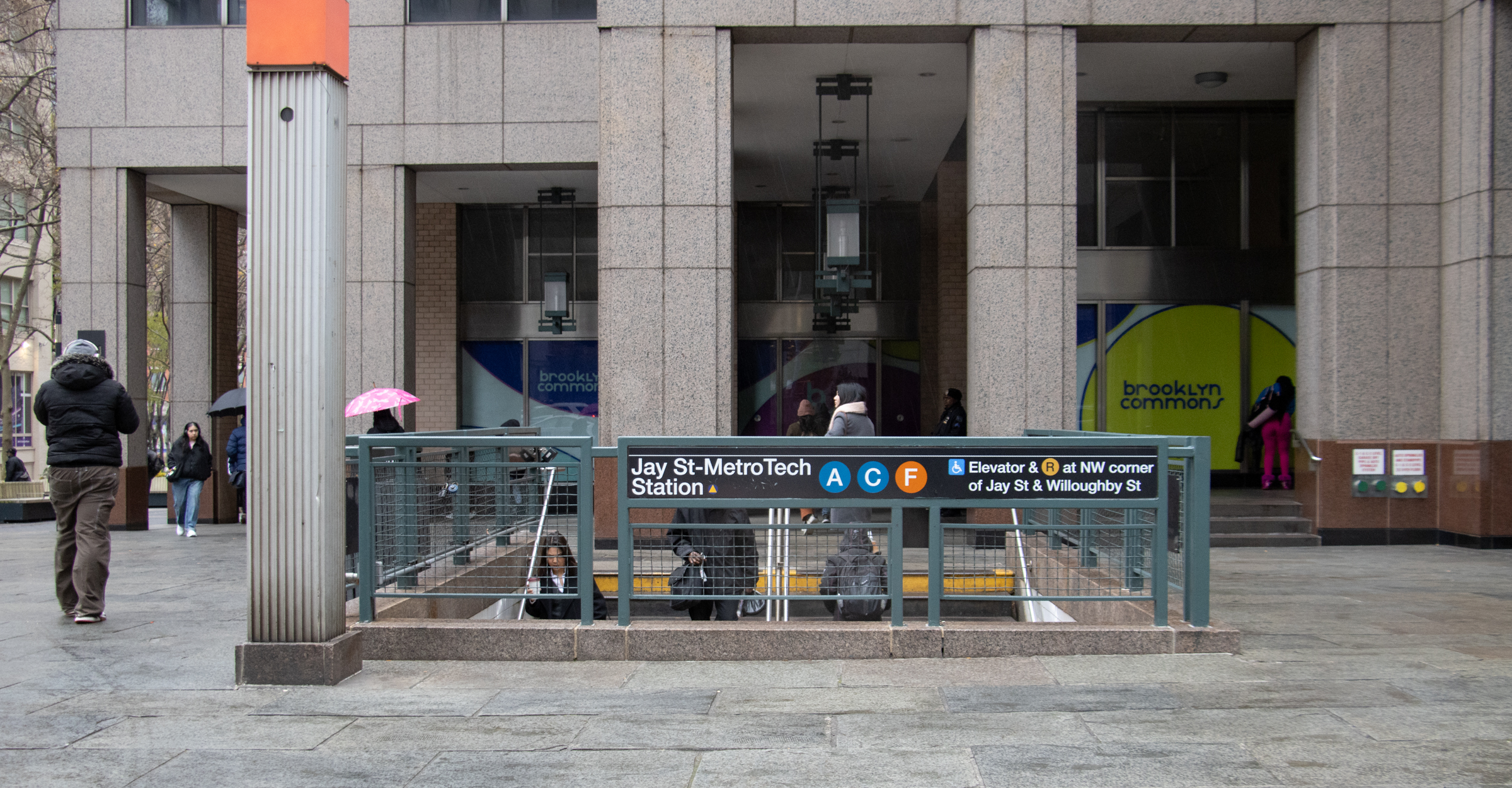Carroll Gardens Historic District May Grow
The Landmarks Preservation Commission released the boundaries of the expanded Historic District it is pushing for in Carroll Gardens and, not surprisingly, not everyone was pleased. The city would like to expand the pitifully small area that was protected back in 1973 (shown above) to include all the blocks bounded by Court Street, Henry Street,…


The Landmarks Preservation Commission released the boundaries of the expanded Historic District it is pushing for in Carroll Gardens and, not surprisingly, not everyone was pleased. The city would like to expand the pitifully small area that was protected back in 1973 (shown above) to include all the blocks bounded by Court Street, Henry Street, Huntington Street and First Place. Sounds like a nice idea to us but there are bound to be some whiners, right? Right. “Landmarking will force the old-timers out,” said John Esposito, co-founder of Citizens Against Landmarks. “All the new people who have $100,000 income a year think this is a great idea.” (This choice of this number seems reminiscent of Dr. Evil’s famous “one million dollars” line in Austin Powers; after all, it’s not like $100,000 a year goes too far in the Carroll Gardens housing market these days!) The plan for expanding the historic district is supported by the Carroll Gardens Neighborhood Association and the Brooklyn Preservation Council, and seems to be in keeping with the spirit of last year’s rezoning which made it harder to put up new out-of-context buildings in the low-rise community. No-brainer!
City Wants Second Carroll Gardens Historic District [NY Post]





Oh brother, another interesting thread dashed on the rocks of Benson’s drama.
I’m happy my windows and door were replaced before landmarking. Now I’m all for it.
“The fact that lower-income homeowners can get grants and low-cost loans for the repair and upkeep of their houses in accordance with landmarks criteria”
Sorry – I’m not very well informed when it comes to landmarks stuff: Where does the money for these grants come from?
MM:”Landmarking grandfathers in existing conditions, and the LPC does not make anyone restore their homes before, during or after, and no one is going to take your house away from you or raise your taxes, not for being landmarked anyway. It amazes me the amount of wrong information…”
But that’s true only in a narrow way. As we’d had PLENTY of posts on the subject, there’s no doubt that as another poster says: ‘No recognition that it seems likely that some people simply won’t be able to afford to do so, or even much acknowledgment all that there people in this world with limited means”
While you can replace your $10 HD lamp with a similar one, you cannot upgrade w/o checking with Landmarks. Or paint your door another color. Or get energy-efficient windows unless they match what LL considers ‘correct’. That’s ridiculous and stupid.
LL should prevent major facade changes, teardowns and should have a strong and binding on new building’s contextuality. That’s ALL. The details should not be looked at, nor should you have to file for a no-impact when you do something in the back of your house.
President St. is quite firmly in Carroll Gardens, which begins at Degraw St. True Carroll Gardens stories (from 1989 – 1990):
The block of Henry St. just south of where I lived, so between Kane and Degraw (which really was the border), was known as the “Gotti block,” because so many of his relatives lived there. Everyone knew not to park on the block, because parking was reserved for family members. Anyone making the mistake of leaving their car there returned to find the windshield smashed.
A (non-white) friend of mine was coming to visit me one evening and accidentally turned left on Smith St. instead of proceeding directly towards Court as I’d told him. He kept walking, looking for Kane St. (which doesn’t go over to Smith). Within a few blocks he notcied people looking at him funny. Just as he spotted the Carroll St. stop and decided to turn around, a group of guys with baseball bats (no joke!) turned the corner from the block between Court and Smith. He begam backing up, watching them the whole time, and finally tuned around and ran, as they yelled after him, “That’s right n*, go back where you came from!” Needless to say, after that I always met my guests who didn’t know the neighborhood at the subway and walked them to my house.
I can’t imagine things of this sort happening in Carroll Gardens today, and that’s a good thing.
“you assuage your liberal guilt by holding up working-class Italians as the bogeyman for all that is evil in the world: racism, homophobic behavior, etc.”
You left off crappy looking renovations 😉
Montrose – I don’t necessarily disagree with your perspective, but it follows naturally that not everyone will be able to scrape that money together, and the end result will be a higher proportion of wealthier residents. Which is exactly what these people are worried about. Maybe if there were something like maintenance subsidies for low-income residents, that fear would be alleviated. But in the meantime, while we’re all fans of nice buildings on this blog, I think I might err on the side of protecting the people before figuring out a better way to protect the buildings, because it’s possible that the people are what make up the neighborhood, more so than the facades. Forest for the trees and all that.
Why did this have to get personal? Cripes.
Pete;
People like you and Babs crack me up. Thirty to forty years ago, Cobble Hill was a mixture of Italians (west of Smith Street) and Puerto Ricans (east of Smith Street), mixed in with blacks in the Gowanus projects, and some yuppies coming down from Brooklyn Heights.
Today Cobble Hill is overwhelmingly lilly-white yuppies. The Italians and Puerto Ricans are gone, with the Gowanus houses remaining black – the only vestige of a more mixed era.
Like all good white New York liberals, you assuage your liberal guilt by holding up working-class Italians as the bogeyman for all that is evil in the world: racism, homophobic behavior, etc. Why yes, you would love to have more black and hispanic faces in your neighborhood because you are tolerant, inclusive – all those wonderful things. It’s just too bad that they can’t afford to live there.
The funny thing is that you actually believe that people don’t see through the class-based condescension on display here. Newsflash: they do.